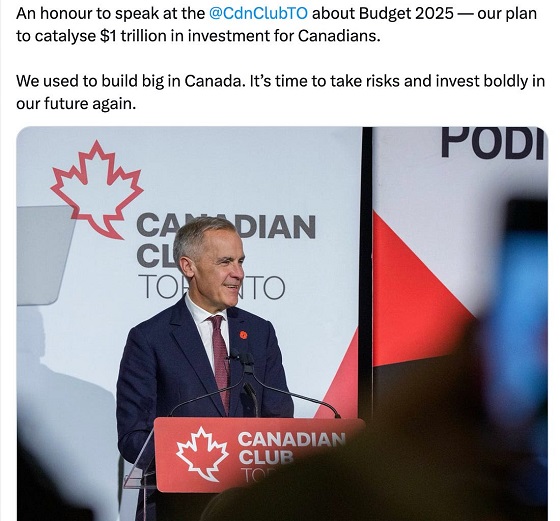Uncategorized
Russian baby rescued after nearly 36 hours in frozen rubble

MOSCOW —
It was the sound of life.
On Tuesday, to everyone’s delight and surprise, they pulled a baby boy out of the rubble alive, nearly 36 hours after the disaster that blew apart his home. His father called it “a New Year’s miracle.”
The building collapse in the Russian city of Magnitogorsk before dawn Monday has killed at least nine people so far, and officials say 32 people who lived in the building have still not been accounted for.
The collapse followed an explosion that was believed to have been caused by a gas leak.
The boy, an 11-month-old named Ivan Fokin, was in extremely serious condition, officials said, with fractures, a head injury and suffering from hypothermia and frostbite after his ordeal in temperatures around minus 20 degrees Celsius (minus 4 degrees Fahrenheit).
He was flown to Moscow late Tuesday in a desperate attempt to save his life. He was in stable condition on arrival in the capital, the head of the national public health institute Vladimir Uiba was quoted as telling state news agency Tass.
Although Ivan’s prospects for survival appeared dire, “it’s a New Year’s miracle,” his father Yevgeny was quoted as saying by the RT satellite TV channel.
The father was at work when his wife phoned to say the building had collapsed. She escaped the rubble with a 3-year-old son, Russian news reports said.
“I was sleeping on the couch with my older son, hugging him and the young one was sleeping in his baby bed,” mother Olga Fokina said on Russian TV. “I and the older one fell down and quickly got out and I didn’t know what happened to the baby bed afterward.”
Rescue worker Pyotr Gritsenko said on Russian television that baby’s discovery came after one of the crew heard faint cries.
“They stopped all the equipment. He began to cry louder,” but the crew couldn’t find him, he said. A search dog was brought in and confirmed that someone was under the rubble, focusing the rescue effort.
The father said he helped rescuers dig in the rubble and “showed them a place where he approximately could be.”
Regional governor Boris Dubrovsky was quoted as saying by the Interfax news agency that the child apparently had been protected by being in a crib and being wrapped warmly.
The rescue operation, aided by powerful heaters and lights, was continuing overnight into Wednesday in the city about 1,400
Russian President Vladimir Putin visited the accident site on Monday and went to a local hospital, where he spoke to a 13-year old-boy who had head injuries and frostbite after spending an hour under the rubble.
“You will get well soon, you are a fighter,” Putin told the boy, one of five people hospitalized from the building collapse.
Russian officials say the odds of finding anyone else alive in the debris look increasingly slim, given the extreme weather.
Late Tuesday, three people died in Magnitogorsk about two
In other Russian holiday disasters, seven people including a couple and their three children died in a house fire in the town of Orsk, 1,500
In Moscow, the mayor fired the director of the city’s renowned Gorky Park after 13 people were injured when a wooden pedestrian bridge packed with New Year’s celebrants collapsed.
Video on Russian television showed a section of the bridge collapsing early Tuesday as the national anthem played on loudspeakers, marking the beginning of 2019. The park in central Moscow is a popular gathering place for the holiday.
The bridge, 350
Jim Heintz, The Associated Press
Uncategorized
Trump Admin Establishing Council To Make Buildings Beautiful Again


From the Daily Caller News Foundation
By Jason Hopkins
The Trump administration is creating a first-of-its-kind task force aimed at ushering in a new “Golden Age” of beautiful infrastructure across the U.S.
The Department of Transportation (DOT) will announce the establishment of the Beautifying Transportation Infrastructure Council (BTIC) on Thursday, the Daily Caller News Foundation exclusively learned. The BTIC seeks to advise Transportation Secretary Sean Duffy on design and policy ideas for key infrastructure projects, including highways, bridges and transit hubs.
“What happened to our country’s proud tradition of building great, big, beautiful things?” Duffy said in a statement shared with the DCNF. “It’s time the design for America’s latest infrastructure projects reflects our nation’s strength, pride, and promise.”
“We’re engaging the best and brightest minds in architectural design and engineering to make beautiful structures that move you and bring about a new Golden Age of Transportation,” Duffy continued.
Mini scoop – here is the DOT’s rollout of its Beautifying Transportation Infrastructure Council, which will be tasked with making our buildings beautiful again. pic.twitter.com/
9iV2xSxdJM — Jason Hopkins (@jasonhopkinsdc) October 23, 2025
The DOT is encouraging nominations of the country’s best architects, urban planners, artists and others to serve on the council, according to the department. While ensuring that efficiency and safety remain a top priority, the BTIC will provide guidance on projects that “enhance” public areas and develop aesthetic performance metrics.
The new council aligns with an executive order signed by President Donald Trump in August 2025 regarding infrastructure. The “Making Federal Architecture Beautiful Again” order calls for federal public buildings in the country to “respect regional architectural heritage” and aims to prevent federal construction projects from using modernist and brutalist architecture styles, instead returning to a classical style.
“The Founders, in line with great societies before them, attached great importance to Federal civic architecture,” Trump’s order stated. “They wanted America’s public buildings to inspire the American people and encourage civic virtue.”
“President George Washington and Secretary of State Thomas Jefferson consciously modeled the most important buildings in Washington, D.C., on the classical architecture of ancient Athens and Rome,” the order continued. “Because of their proven ability to meet these requirements, classical and traditional architecture are preferred modes of architectural design.”
The DOT invested millions in major infrastructure projects since Trump’s return to the White House. Duffy announced in August a $43 million transformation initiative of the New York Penn Station in New York City and in September unveiledmajor progress in the rehabilitation and modernization of Washington Union Station in Washington, D.C.
The BTIC will comprise up to 11 members who will serve two-year terms, with the chance to be reappointed, according to the DOT. The task force will meet biannually. The deadline for nominations will end Nov. 21.
Uncategorized
New report warns WHO health rules erode Canada’s democracy and Charter rights

The Justice Centre for Constitutional Freedoms has released a new report titled Canada’s Surrender of Sovereignty: New WHO health regulations undermine Canadian democracy and Charter freedoms. Authored by Nigel Hannaford, a veteran journalist and researcher, the report warns that Canada’s acceptance of the World Health Organization’s (WHO) revised International Health Regulations (IHR) represents a serious erosion of national independence and democratic accountability.
The IHR amendments, which took effect on September 19, 2025, authorize the WHO Director-General to declare global “health emergencies” that could require Canada to follow directives from bureaucrats in Geneva, bypassing the House of Commons and the will of Canadian voters.
The WHO regards these regulations as “binding,” despite having no ability or legal authority to impose such regulations. Even so, Canada is opting to accept the regulations as binding.
By accepting the WHO’s revised IHR, the report explains, Canada has relinquished its own control over future health crises and instead has agreed to let the WHO determine when a “pandemic emergency” exists and what Canada must do to respond to it, after which Canada must report back to the WHO.
In fact, under these International Health Regulations, the WHO could demand countries like Canada impose stringent freedom-violating health policies, such as lockdowns, vaccine mandates, or travel restrictions without debate, evidence review, or public accountability, the report explains.
Once the WHO declares a “Pandemic Emergency,” member states are obligated to implement such emergency measures “without delay” for a minimum of three months.
Importantly, following these WHO directives would undermine government accountability as politicians may hide behind international “commitments” to justify their actions as “simply following international rules,” the report warns.
Canada should instead withdraw from the revised IHR, following the example of countries like Germany, Austria, Italy, Czech Republic, and the United States. The report recommends continued international cooperation without surrendering control over domestic health policies.
Constitutional lawyer Allison Pejovic said, “[b]y treating WHO edicts as binding, the federal government has effectively placed Canadian sovereignty on loan to an unelected international body.”
“Such directives, if enforced, would likely violate Canadians’ Charter rights and freedoms,” she added.
Mr. Hannaford agreed, saying, “Canada’s health policies must be made in Canada. No free and democratic nation should outsource its emergency powers to unelected bureaucrats in Geneva.”
The Justice Centre urges Canadians to contact their Members of Parliament and demand they support withdrawing from the revised IHR to restore Canadian sovereignty and reject blind compliance with WHO directives.
-
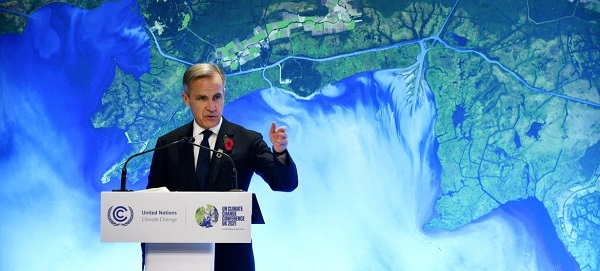
 Alberta2 days ago
Alberta2 days agoFederal budget: It’s not easy being green
-

 Health20 hours ago
Health20 hours agoLack of adequate health care pushing Canadians toward assisted suicide
-
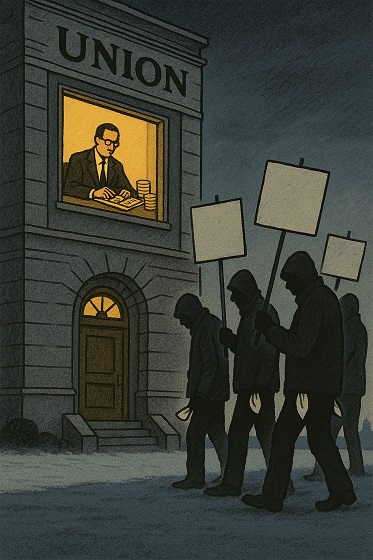
 Alberta12 hours ago
Alberta12 hours agoATA Collect $72 Million in Dues But Couldn’t Pay Striking Teachers a Dime
-

 Business2 days ago
Business2 days agoWill Paramount turn the tide of legacy media and entertainment?
-
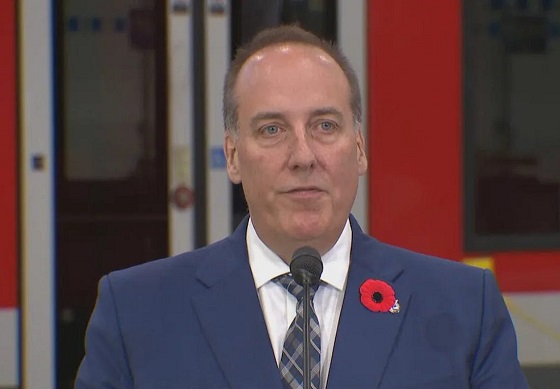
 National12 hours ago
National12 hours agoWatchdog Demands Answers as MP Chris d’Entremont Crosses Floor
-
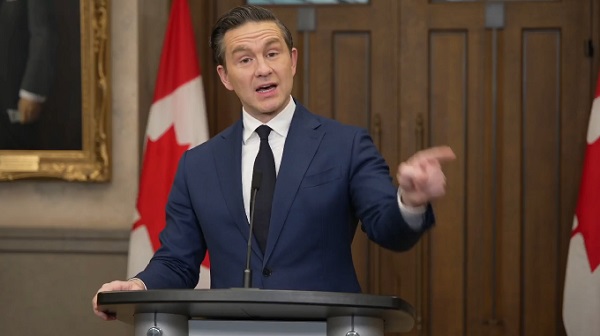
 Artificial Intelligence12 hours ago
Artificial Intelligence12 hours agoAI seems fairly impressed by Pierre Poilievre’s ability to communicate
-
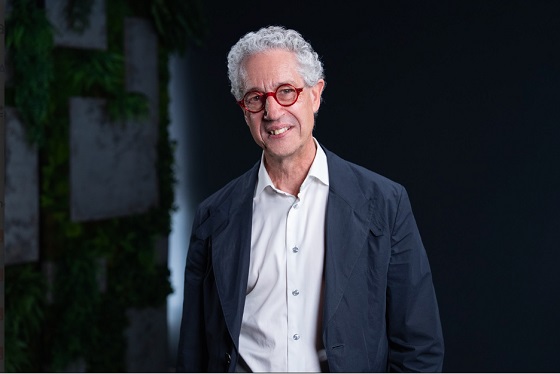
 Energy2 days ago
Energy2 days agoA picture is worth a thousand spreadsheets
-

 Energy1 day ago
Energy1 day agoIt should not take a crisis for Canada to develop the resources that make people and communities thrive.








